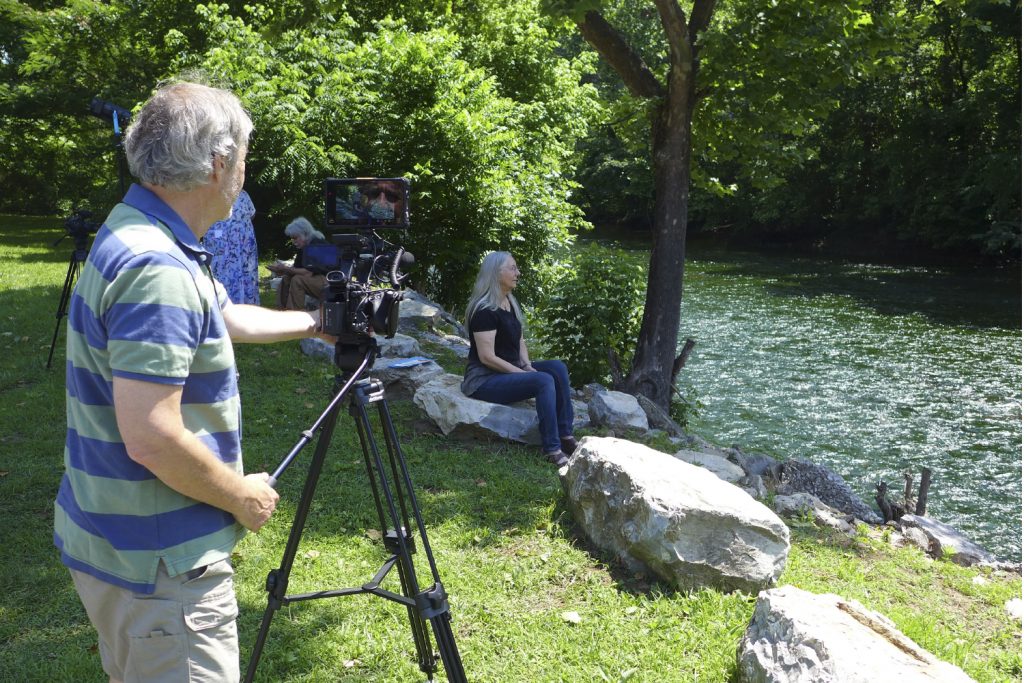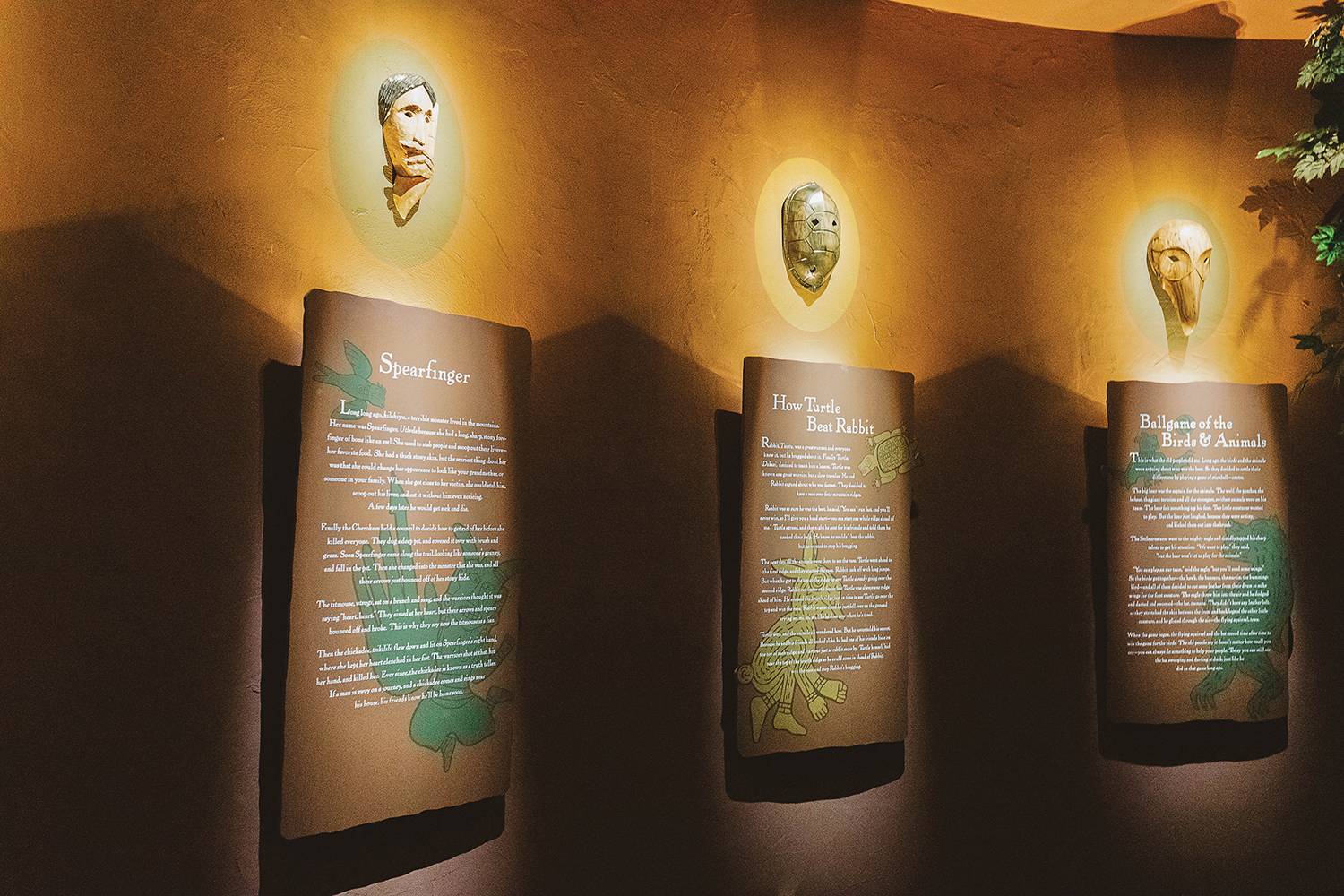
Botanical research is opening up hope for the blighted, gone-but-not forgotten American Chestnut tree, which once comprised a third of the Appalachian hard-wood forest.
Walking through our area’s many beautiful forests — Pisgah, DuPont — it’s easy to forget that the entire look and character of these ancient wild places drastically changed in just the last century. At the beginning of the 1900s, American chestnut trees made up 30% of Western North Carolina woods. They dominated the forest-scape, standing up to 100 feet tall and measuring up to 5 feet around — in effect, they were the redwoods of the East.
Crucial to the lifecycle of the local environment, the tree provided food for squirrels, wild turkey, deer, bear, raccoons, cougars, bobcats, and various major birds.
Then came a devastating blight, destructively paired with over-logging. Up to 4 billion chestnut trees were lost in the 20th century. Photos of these giants in their heyday, shown towering over unsmiling pioneers, prove just how much they dominated the landscape — and makes today’s forests look almost puny by comparison.
“It’s hard to wrap one’s head around the fact that almost every third or fourth tree in these parts was a chestnut,” says David Weintraub, executive producer of the Center for Cultural Preservation. Concerned with gathering wisdom from mountain elders for various projects, Weintraub’s nonprofit will tap the memories of those who remember the American Chestnut’s great Appalachian reign — and call on the discoveries of science, as well.
Nonprofits such as the American Chestnut Foundation work vigorously to develop blight-resistant chestnut seeds and propagate growing programs. According to a passage on the org’s website, “The return of the American chestnut to its former niche in the Appalachian hardwood forest ecosystem is a major restoration project that requires a multi-faceted effort involving 6,000 members and volunteers, research, sustained funding, and most important, a sense of the past and a hope for the future.”
Find out about the latest initiatives when Weintraub leads a “Culture of the Chestnut” lecture February 23, 7pm, Blue Ridge Community College in Flat Rock. (Bo Thomas Auditorium.) $5 suggested donation. 828-694-1700. saveculture.org



